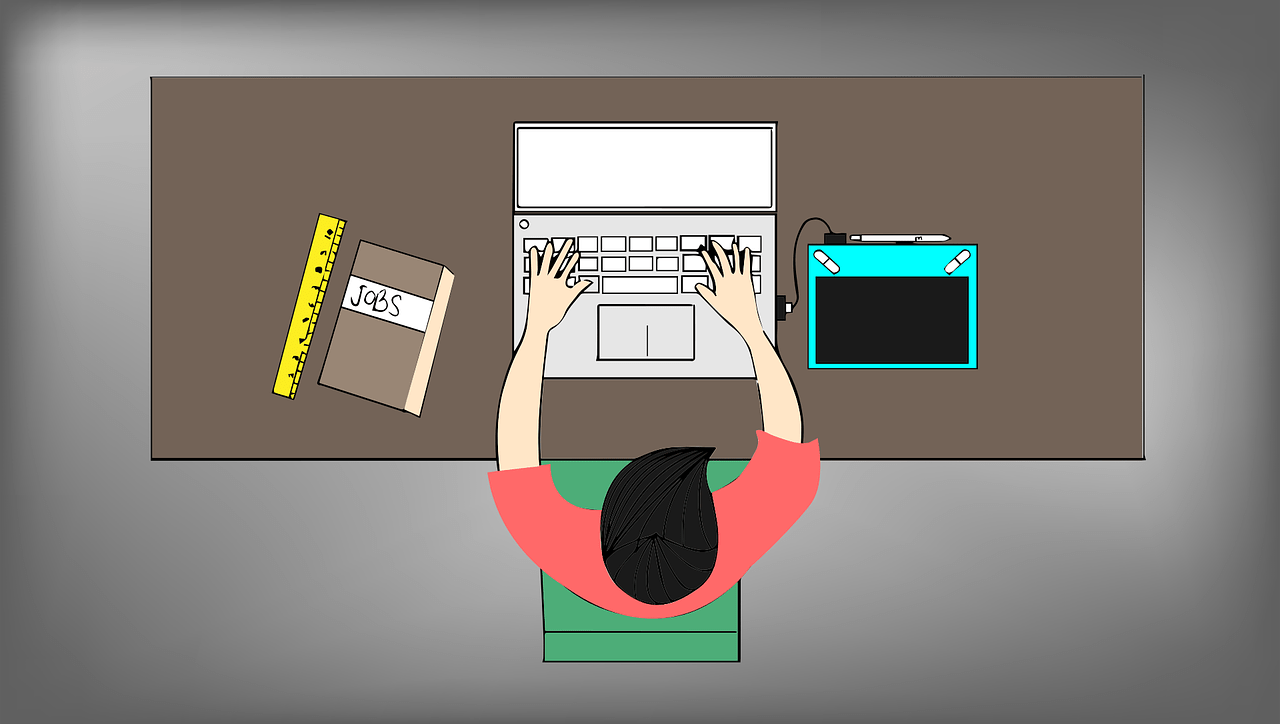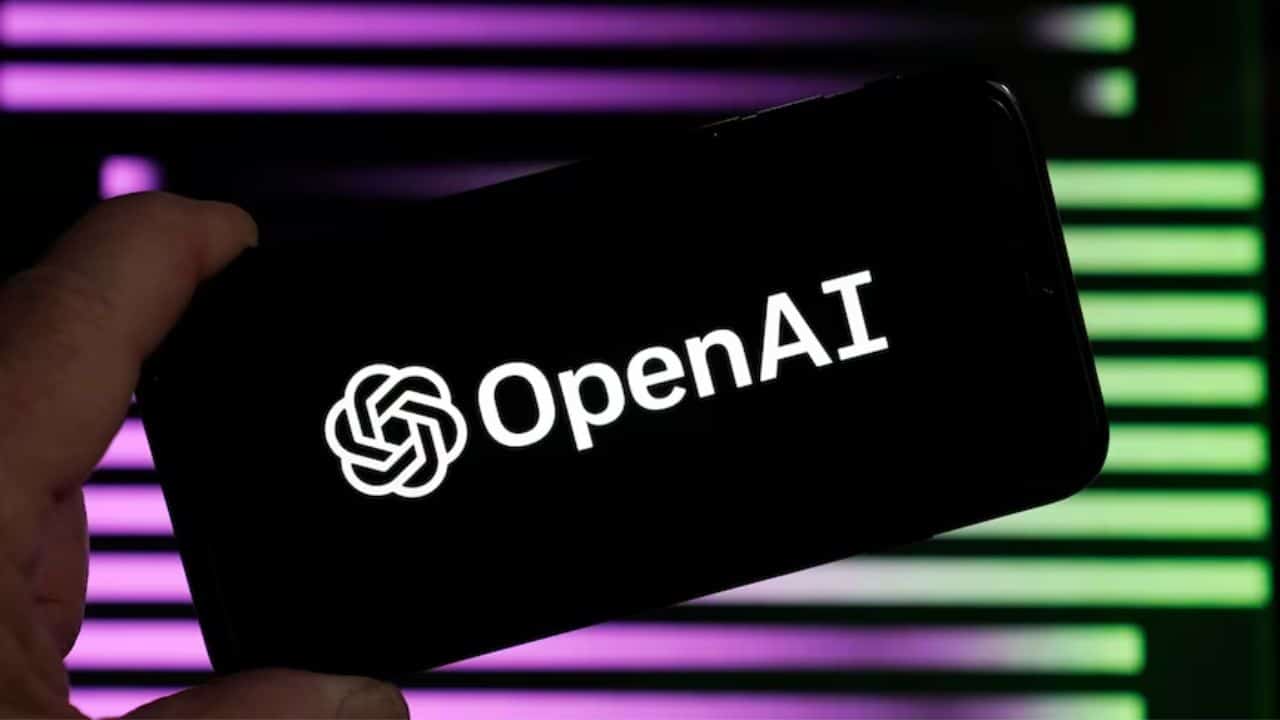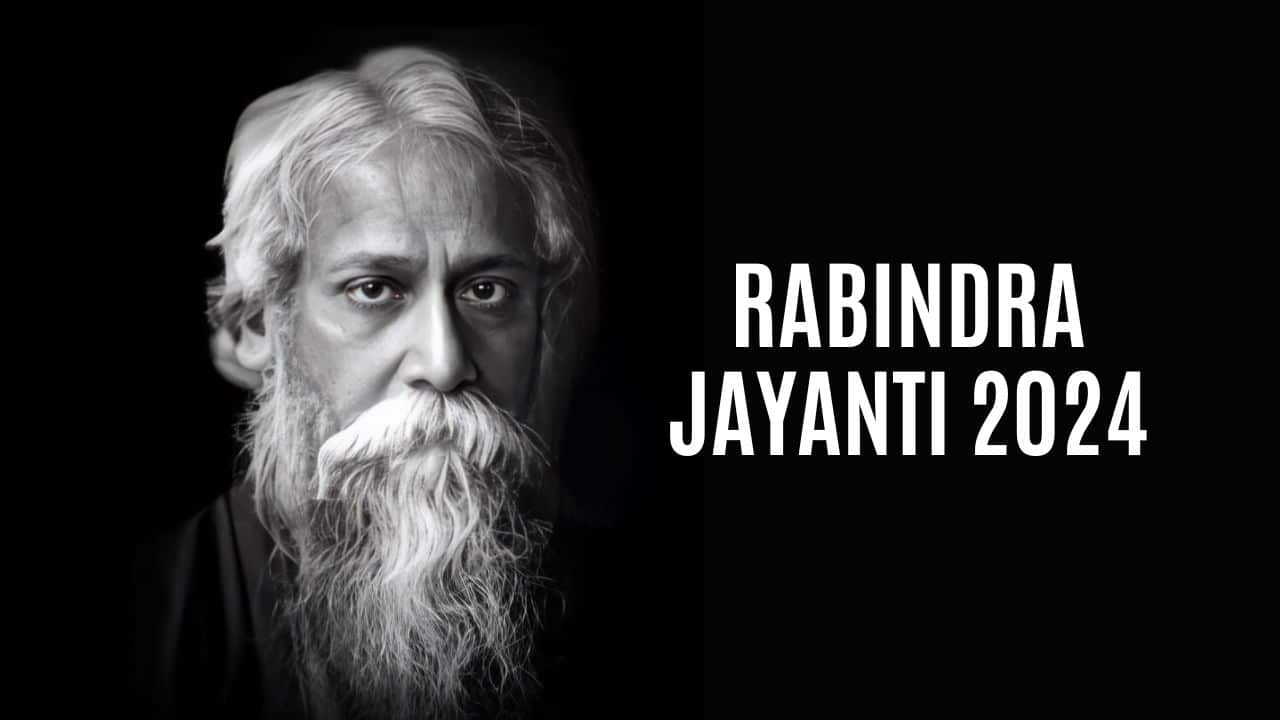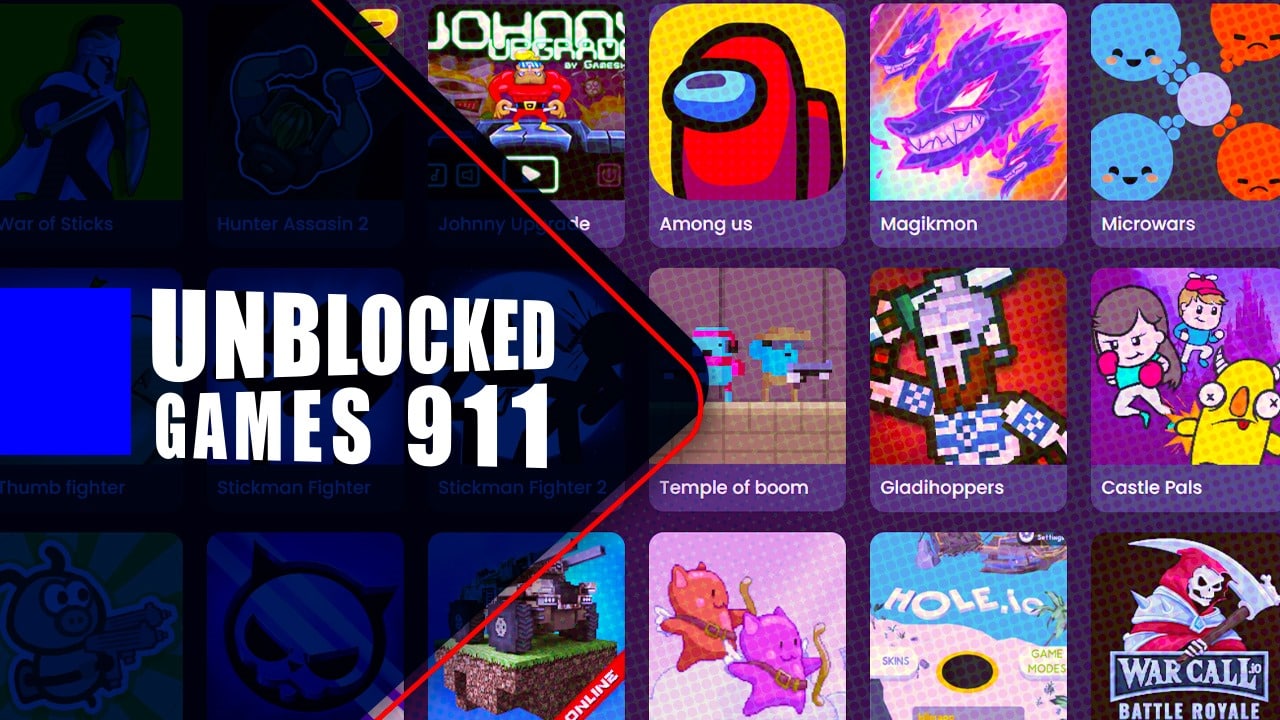Are you looking to make your content more interactive on things such as emails, blog articles, and client memos? If so, then a GIF can help you engage more with your readers. They show off the emotion that you’re trying to exude.
A timely-placed GIF can be the difference between a client or employee reading the entire body of your content and not reading it at all. It breaks up the words, making them appear less intimidating or overwhelming for the recipient to read.
See below for several tips and trips on making GIFs that people will love. There you’ll learn how to make a GIF that stands out from the rest.
1. Find the Right GIF-Making Tool
Believe it or not, there are several tools and apps out there that will allow you to make GIFs out of thin air. It takes finding the right GIF tool to create the perfect one (or two or three) for your content.
The app that you should choose when making a GIF depends on the type of GIF that you want to create (more on that in a moment).
You can use various photos, movie clips, or animated shorts to accomplish the idea GIF that you need. All it takes is knowing what that process looks like ahead of time.
Be sure to visit https://setapp.com/how-to/how-to-make-an-animated-gif to learn how to create a dynamite GIF that will separate your content from the rest!
2. Determine the Type of GIF You Need
You might not have realized it, but there are several different types of GIFs for you to choose from. Five of them, to be exact.
The type of GIF that you choose will help you deliver emotion, make your content more engaging, and can even demonstrate the source of your material.
First up, you have the replay GIF, which is something you’ll commonly see for sports highlights. These GIFs allow you to see the bulk of the play without the reader having to click the “play” button or spend several minutes watching one distinct video.
Next, you have the “perfect-loop” GIF. As the name would imply, the animation or timing of this GIF allows it to be played in a graceful, neverending loop. They’re very easy on the eyes and minds of your readers.
The third type of GIF is the reaction GIF. This is more than likely the type of GIF that you’re most familiar with. It uses short clips, from things such as movies and TV shows, to exude a reaction to your content.
Another type of GIF is a technical GIF, which is used to demonstrate statistics and data. For example, you might see a short GIF on weather.com that uses a GIF to show the movement of the forecast over the next 24 hours.
Lastly, we have a cinemagraph GIF. This type of GIF can be viewed as more of a piece of art than interactive content. It generally features a still image that has one aspect in constant, looping motion such as a waterfall or high-speed traffic on a highway.
Each of these has a place in your digital marketing strategy. Figure out what that is and use them all to your advantage!
3. Find Pre-Made GIFs
Not all of the GIFs that you use have to be made from scratch. In fact, using a few pre-made ones can help you consistently use GIFs in your content without rushing the quality of your self-made ones.
For that reason, it’s always helpful to know which sites to choose for pre-made GIFs when you’re in a hurry. These can help you make an email blast or a blog article more exciting and personable in no time!
However, you should know the sites to trust. Be sure to consider websites such as Buffer Mood Board, Giphy, Tumblr, or even Google’s image search tab for help.
4. Use Relevant References
The people and objects that you place in your GIFs have to be relevant to your audience. It helps them connect the dots between your content and the emotion that you’re trying to display.
It’s for that reason that so many companies use relevant subjects that their audience will know about. For example, they might use a GIF of Stanley from The Office rolling his eyes or a short clip of Andy from Parks and Recreation gasping in excitement.
If you’ve watched those shows before, then you automatically understand the reference and the emotion that brand is trying to achieve.
If you use a reference from a show, movie, or person you know nothing about, you might be sending the wrong message.
For example, if you’ve never seen the show, you might use a GIF of Stanley from The Office saying “did I stutter?” to exude an exciting claim in your content such as a large discount.
However, that might be taken the wrong way among your audience since, in the show, Stanley was using that phrase negatively and sternly.
5. Always Consider Your Brand Personality
Your brand’s personality should always be at the forefront of any GIF that you use or create.
If you’re trying to achieve an exciting and personable brand, there’s virtually no GIF that’s off-limits to you. But if you’re trying to create a professional and buttoned-up brand, you’ll want to be more careful.
Take the time to consider how each GIF reflects that brand before you use them in your content.
Making GIFs is Fun and Useful
Now that you’ve seen several tips on making GIFs that your readers will enjoy, it’s time to use those tips to your advantage.
Be sure to take the time and think through the different GIFs that you might want to use in your content.
Make sure to browse our website for more articles on making GIFs, as well as many other topics that you’ll find helpful!



































